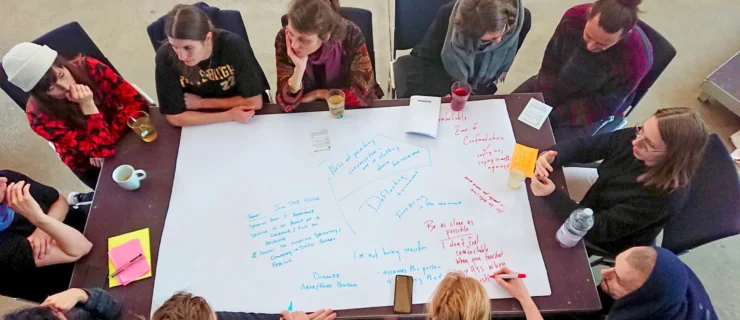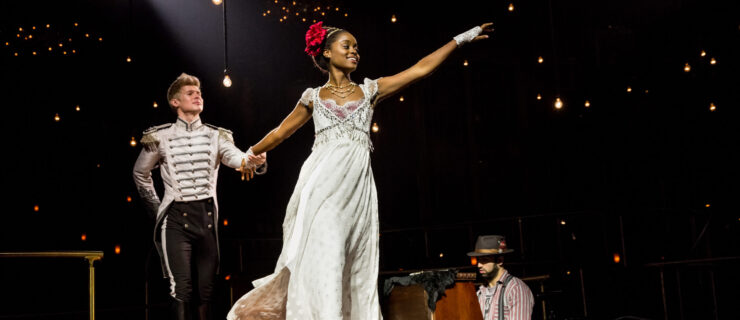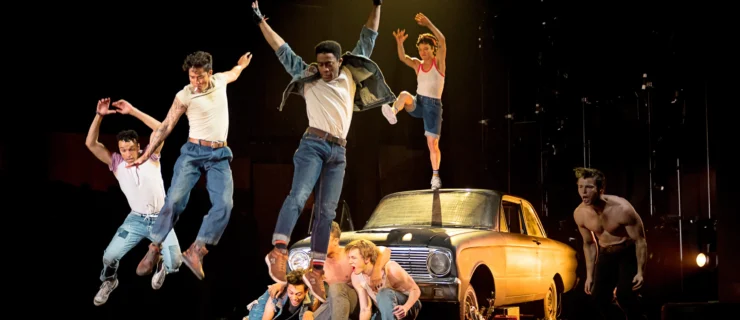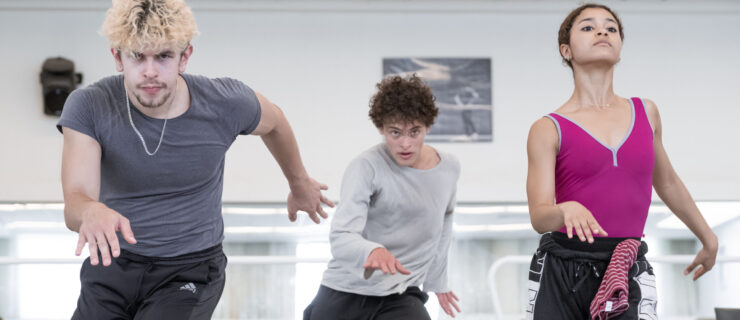Dancers of the Royal Danish Ballet
Dancers of the Royal Danish Ballet
Ted Shawn Theatre, Jacob’s Pillow
July 11–15, 2007
Reviewed by Lori Ortiz
August Bournonville’s style and philosophy live on in today’s Royal Danish Ballet. Bournonville excerpts were program highlights when a group of RDB dancers returned to celebrate the Pillow’s 75th anniversary and their own legacy.
The 21-year-old co-directors of the visiting group are Ulrik Birkkjaer, this year’s Erik Bruhn prizewinner, and Sebastian Kloborg, son of RDB’s retiring artistic director Frank Andersen. Kloborg partners Louise Østergaard in Flower Festival in Genzano pas de deux with tilted turns and jumps that finish with aplomb. Østergaard masters the difficult technique with expressive hands, fluttering fingers, and head-to-toe epaulement in attitude.
This opener and the pas de six from Act III of Napoli, the closer, are hearty “Danish embraces.” The cast embodies joyous young love in the men’s skyward jumps and the women’s 10 o’clock extensions. Napoli’s whirlwind of variations, solos, and duets culminates with “Tarantella.” Principal Thomas Lund’s naturalistic chivalry and confidence gives him an easygoing manner as Gennaro.
In the excerpt of Bournonville’s La Sylphide (1836), Diana Cuni travels ethereally, modestly evading the kilted James (Tim Matiakis), who proposes on his knees in mime. Sylphs rush lightly from the wings and retreat, teasing him.
Mads Eriksen and Alexander Staeger perform “Jockey Dance,” a male duet from Bournonville’s 1876 From Siberia to Moscow. The two, side-by-side, hold jockey’s crops horizontal and off-center, while their fast footwork evokes dust flying on the track. They tap each other slapstick style, and cocky Eriksen’s silent laugh proclaims him winner in this challenge of wits and high jumps—to C.C. MØller’s familiar racy music. The show biz style is one thread of Bournonville tradition that carries over into the contemporary works presented.
The gymnastics of Louise Midjord’s premiere My Knees Are Cold’s would not have pleased Bournonville. He held the notion that apparent danger to the dancers deprives us of artistic thoughts. Cat Power (a popular alternative rock band) vocals and jazzy instrumental music drive Midjord’s quartet. Although a welcome departure from Bournonville’s sweetness and modesty, the athletic prowess of the dancers is disappointingly greater than the sum of the choreography. Triplex, a trio by Tim Rushton, is further evidence of the dancers’ versatility, but its interpretation of Bach broke no ground.
A turgid pas de deux from Harald Lander’s 1942 Festival Polonaise, danced regally by Gudrun Bojesen with Ulrick Birkkjaer, is an artistic comment on the international war effort that is uplifting even today




